Song Review - Kurai Ondrum Illai
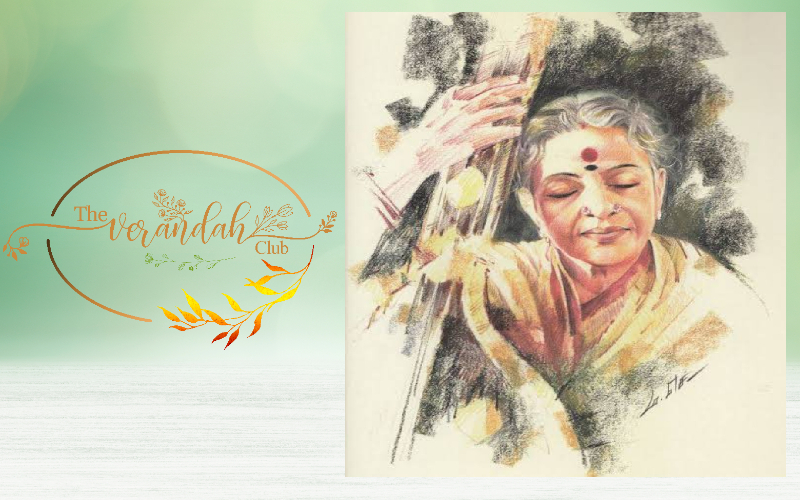
Kurai ondrum illai is one of the most endearing songs rendered by, THE QUEEN OF INDIAN MUSIC, Srimati M. S. SUBBULAKSHMI.
M. S. AMMA as she is fondly known as by her fans, has rendered a plethora of classical compositions by the TRINITY of Carnatic music and also other saint composers such as ANNAMMACHARYA, and BHADRACHALAM RAMADAS. Despite the simplicity of 'KURAI ONDRUM ILLAI', it is acclaimed among the Rasika-s (connoisseurs). The rationale for this, is the powerful lyrics penned by CHAKRAVARTHI RAJAGOPALACHARI, an Indian politician, a freedom fighter, and the Governor General of India. In this song he is directly addressing LORD VISHNU and pouring out his feelings. The avalanche of his emotions invades every fiber of our very being.
In the very opening line, he declares that he has no shortcoming or grievances in life. Though LORD KRISHNA cannot be seen, the composer lacks nothing. Lord Thirupathi Venkatesha is present to bestow all that the author needs and hence he doesn’t crave or aspire for anything else. Here the word VENDIADHAI has a two-pronged meaning. Firstly, it means that God grants us what we REQUIRE, secondly, it means God answers our PRAYER. The Tamil word VENDIADHU means, something that we WANT, and it also means PRAYER.
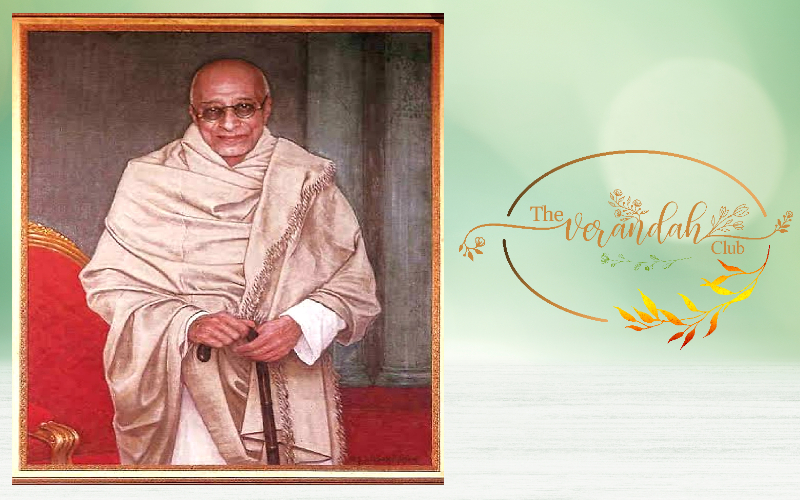
In the next stanza, the lyricist perceives, that though LORD KRISHNA is behind a screen and only the wise who know to chant Vedas can see Him, the poet doesn’t feel any resentment or bitterness. The poet also conveys the deeper meaning that MAYA is the screen within us, which prevents us from beholding the Lord. Hence, the curtain of Maya (the illusion or appearance of the phenomenal world) has to be expunged in order to reach the Lord.
Rajaji’s grandson, Gopal Gandhi is of the opinion that this song has a deeper hidden meaning. This song has been inspired by an incident that took place in Thiruchaanur in 1925, when Rajaji had defended the right of an untouchable to enter the temple. He believes that Rajaji compares his inability to visualize the invisible creator, to the untouchable’s incapacity to enter the shrine and see the deity.
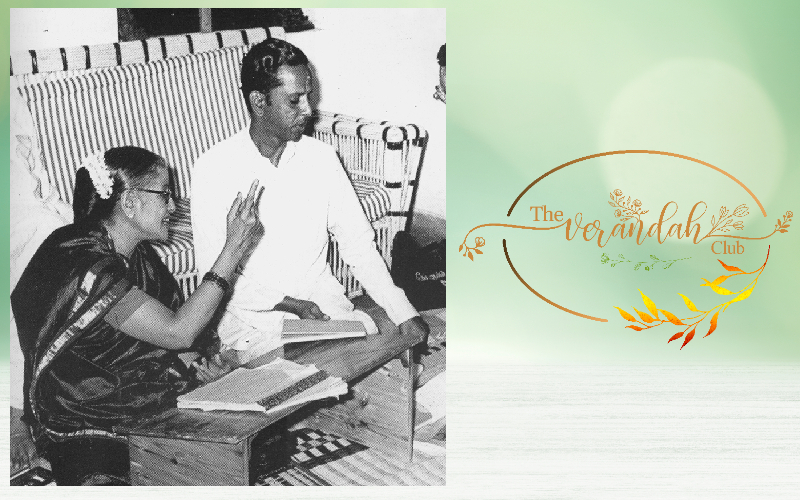
In the concluding stanza, the writer expresses that in Kaliyuga, Lord Vishnu has taken the idol form of Lord Venkatesha for protecting and blessing His devotees. Rajaji reiterates that he has no dearth of anything, as Goddess Mahalakshmi, the ocean of compassion is residing in the chest of Lord Vishnu and is always ready to grant the boons. When Thirupathi Devasthanam decided to compile and popularize Annamayya krithis, MS Amma, the ASTHANA VIDHWAN (Resident artist) of Thirumala, was entrusted with the herculean task of recording them in cassettes. Due to the recommendation of SEMMANGUDI, the self-effacing Kadayanallur Venkaraman found himself working with the legendary M. S. Amma. Thus, began the creative collaboration that led to the emergence of many precious jewels of M. S. repertoire, including 'KURAI ONDRUM ILLAI', a universal favorite, even today. The song gained prominence after it was included in the LONG PLAY RECORD(LP) set, SRI VENKATESHWARA PANCHARATNAMALA by M. S. AMMA in 1979.
The perfect amalgamation of lyric, music arrangement and rendition by the NIGHTINGALE herself, has catapulted the composition to exalted heights.
The music composer KADAYANALLUR VENKATARAMA IYER has composed the song as a RAGAMALIKA (a song that comprises of more than one raga, it literally means, A GARLAND OF RAGAS). He has chosen three apt ragas for this song.
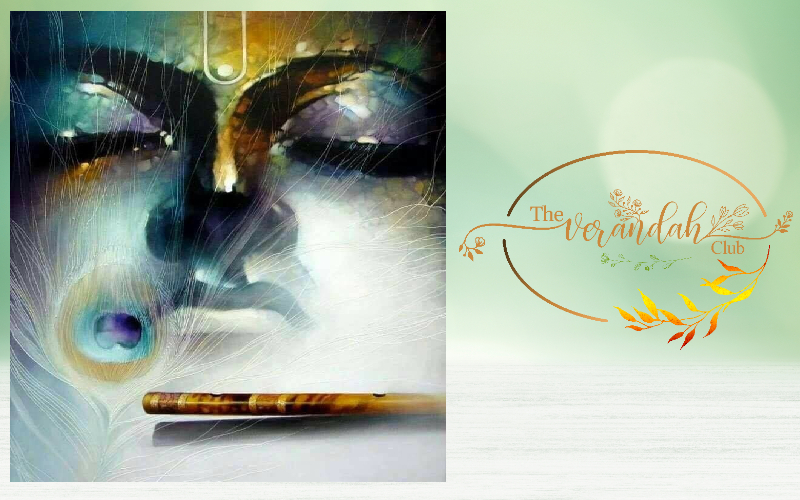
The opening verse is composed in SHIVARANJANI (a raga sung to please Lord Shiva). This raga is considered to be a hauntingly melancholic raga. It resides in our mind giving a very soothing effect. It brings forth the KARUNYA (compassion) RASA (aesthetic essence or emotional flavor). Though SHIVARANJANI is Lord Shiva’s favorite raga, the composer has utilized it for a Perumal song. This also shows that Vishnu and Shiva are one and the same.
The next raga adopted is KAAPI. This raga emotes a myriad of moods like BHAKTI tinged with pathos. It has a mellowing and peaceful effect on one’s mind. This raga is well-received by everyone as it is appealing and evokes pleasant emotions.
The final raga chosen is SINDHU BHARAVI. This raga emanates piety and compassion. The mélange of Swaras (notes) exude DEVOTION that could melt mountains. This raga has a soothing effect on the mind and renders tranquility to the listener. It is the confluence of classical and folk music; hence it captivates even common man who does not possess musical knowledge. The harmoniousness of this raga has stolen the hearts of many artists and hence they render a song, set in this raga as the finale of the concerts. This song is rendered as an anthem at the conclusion of concerts, as it hits a positive note amongst the audience and acts as a feelgood factor.
In my experience as a person in pursuit of music, I derive immense joy and bliss whenever I sing this song. This song will be cherished by the Rasika-s forever. We are truly indebted to the trio, Rajaji, Kadayanallur Venkataraman and M. S. Amma for bestowing this bhajan for posterity.
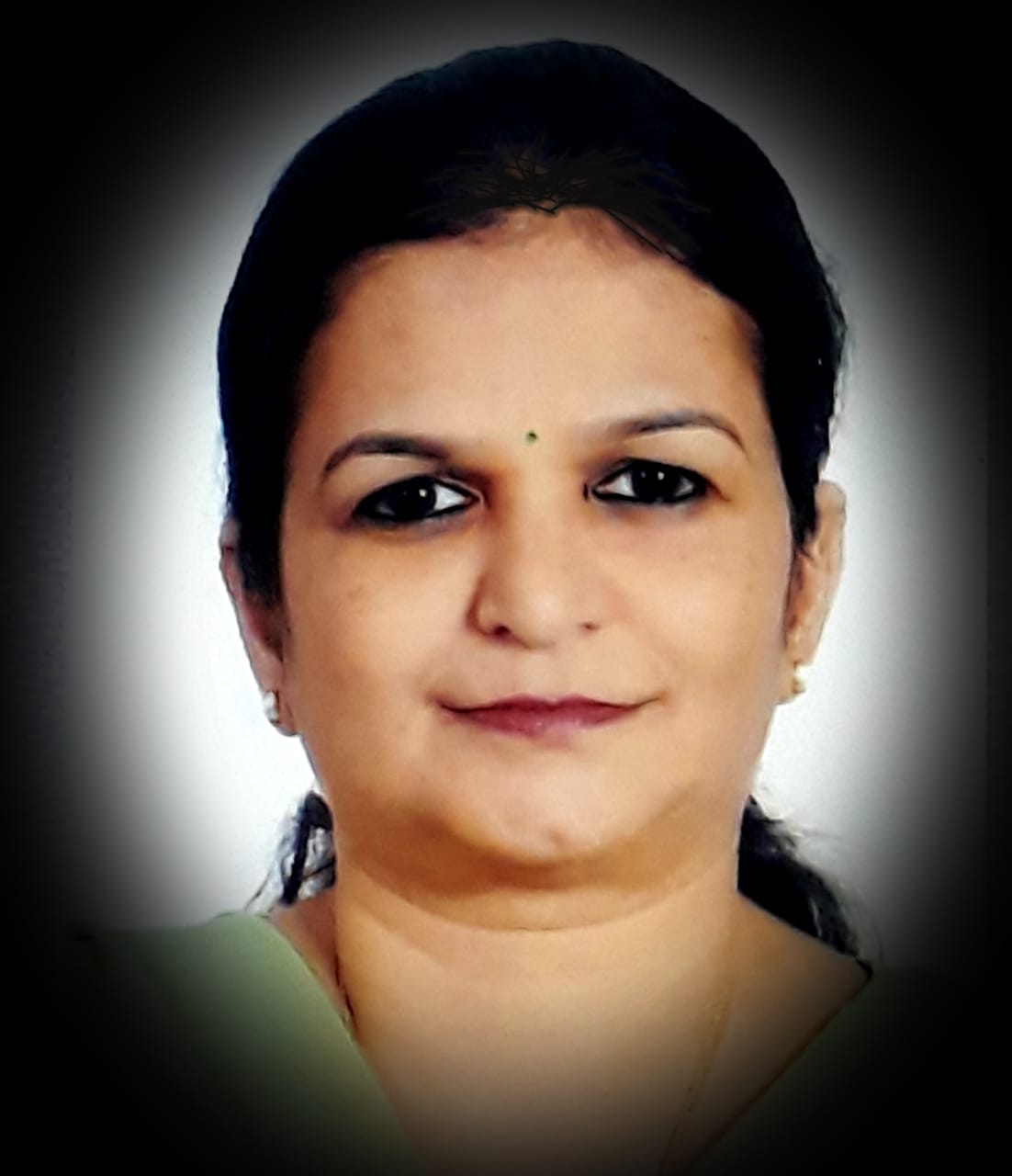
Yamuna is a resident of Coimbatore and is pursuing Hindustani vocal music under the tutelage of Shri Kedar Karatji. She also teaches bhajans and conducts English Grammar classes for school children. Her other passions are writing travelogues, playing keyboard, gardening, going on pilgrimages and exploring & enriching her knowledge through travel.
NEXT ARTICLE